Historical Events in Israel - Modern Times
We’re back today, continuing our series of major historical events in Israel. In part one, we looked at major turning points in biblical times - from Abraham’s arrival in the Promised Land, King David and Solomon’s reigns, the capture of Jerusalem by the Romans and the life and times of Jesus. In part two, we explored other important historical events in Israel, ranging from Byzantine and Arab rule, the Crusades, the Ottoman Empire and the British Mandate.
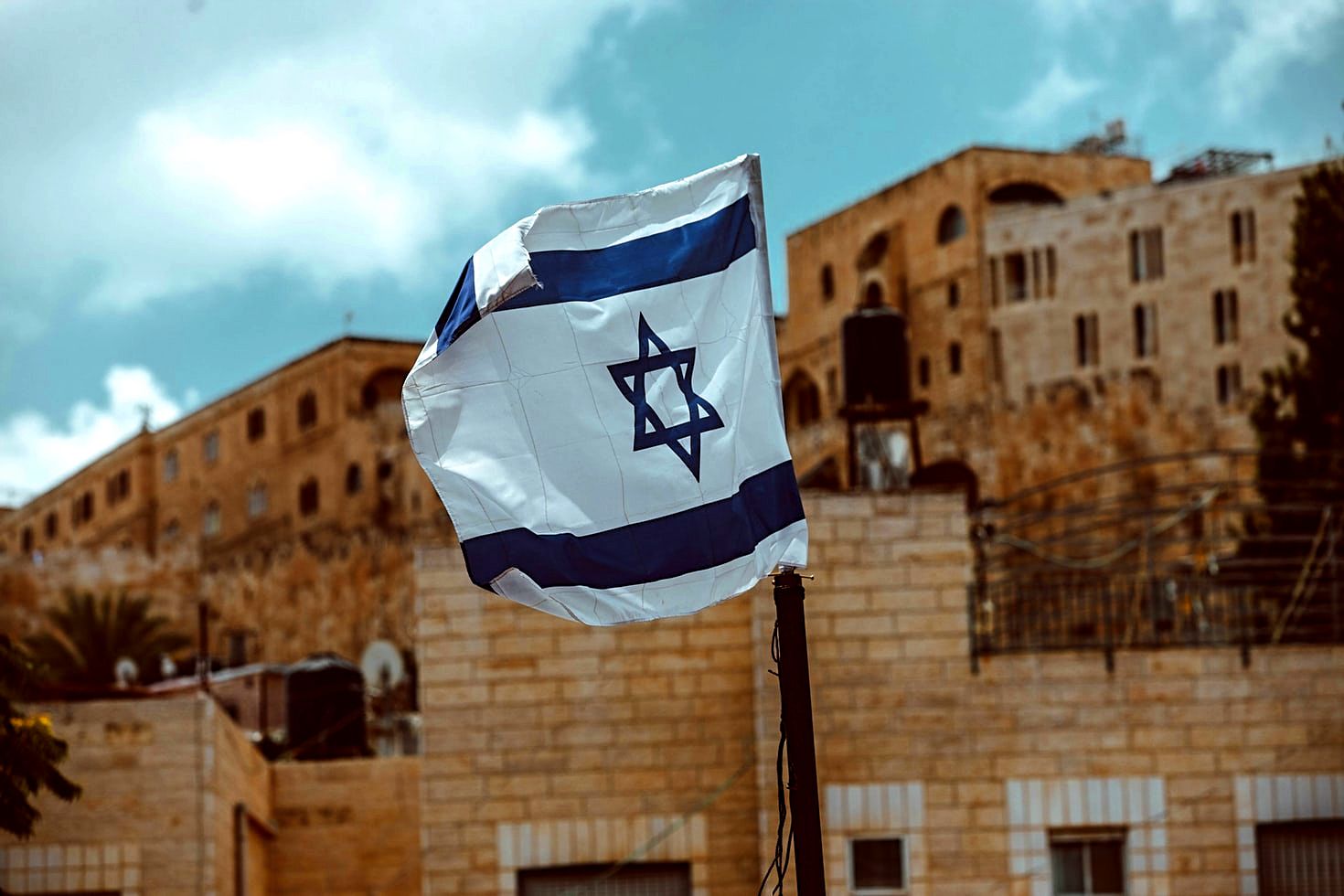
Israeli flag on a pole, Jerusalem, Israel. Photo by Taylor Brandon on Unsplash
We left things at the moment the State of Israel was proclaimed in Tel Aviv by Prime Minister David Ben Gurion, in the Hall of Independence on 14th May 1948. A few hours later, the state officially came into being, when the British ended their rule. The stage would soon be set for the bloody War of Independence, between Israel and its Arab neighbours, and this - unfortunately - would be the first of many. When it comes to historical events in Israel in the modern era, it’s a tall order to know where to begin.
After all, let’s face it, this is the Middle East, and when it comes to politics you could discuss this region for years and still be confused. For sure, Israel has been embroiled in a number of conflicts with its neighbours since the establishment of the state, and whilst it would be convenient to gloss over them, the reality is that these conflicts have shaped and formed the country - and continue to do so, even today. Here are ten of the most important events that we think deserve a mention, in the last 73 years…
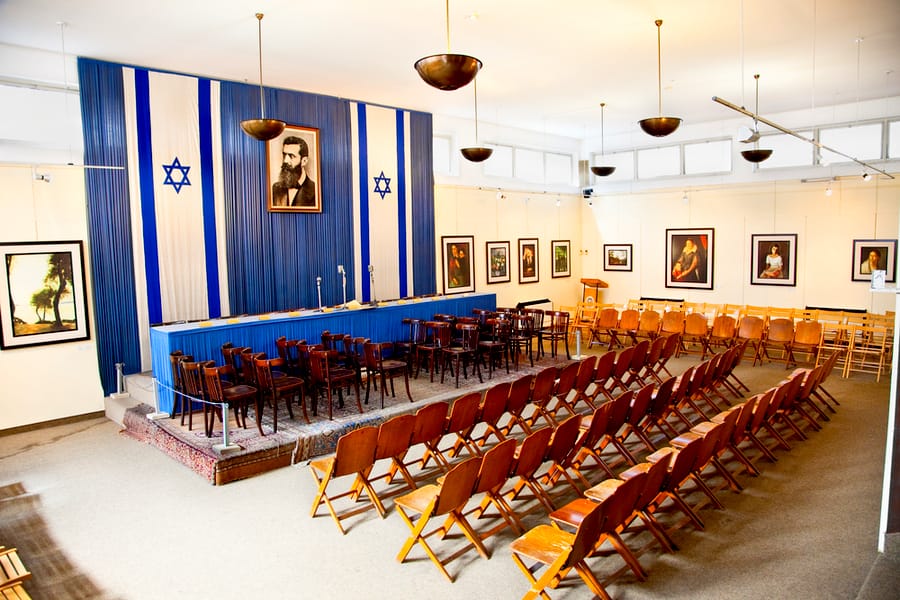
Independence Hall, Tel Aviv. Photo credit: © Shutterstock
1. 1947–1949 Palestine War (aka in Israel as the War of Independence)
After the United Nations voted in favour of the partition of Palestine into two states - one Jewish and the other Arab - conflict between the two peoples intensified. The day after Israel declared independence, Arab forces from Transjordan, Egypt, Iraq, Lebanon and Syria attacked. The ensuing war was fought on different fronts - in the north, south and east - and was extremely bloody for both sides.
The war took its toll, no more so than in Jerusalem, where a huge battle raged for control of the road (‘corridor’) leading into the city. Other enormous battles took place at Latrun, and in the Sinai. At the outset, Arab forces had the upper hand; by ‘phase two’ the Israelis had recaptured ground and at the end of the war, the Arab armies had been driven out and Israel secured its borders.
In the midst of this, hundreds of thousands of Palestinians fled, or were told to leave by their leaders (depending on whom you choose to believe). It was a terrible war for Israel - 6,373 were killed in action, which amounted to almost 1% of the population. Huge numbers of Palestinians and Arab forces also lost their lives. But the fact is that the State of Israel had survived its birth.
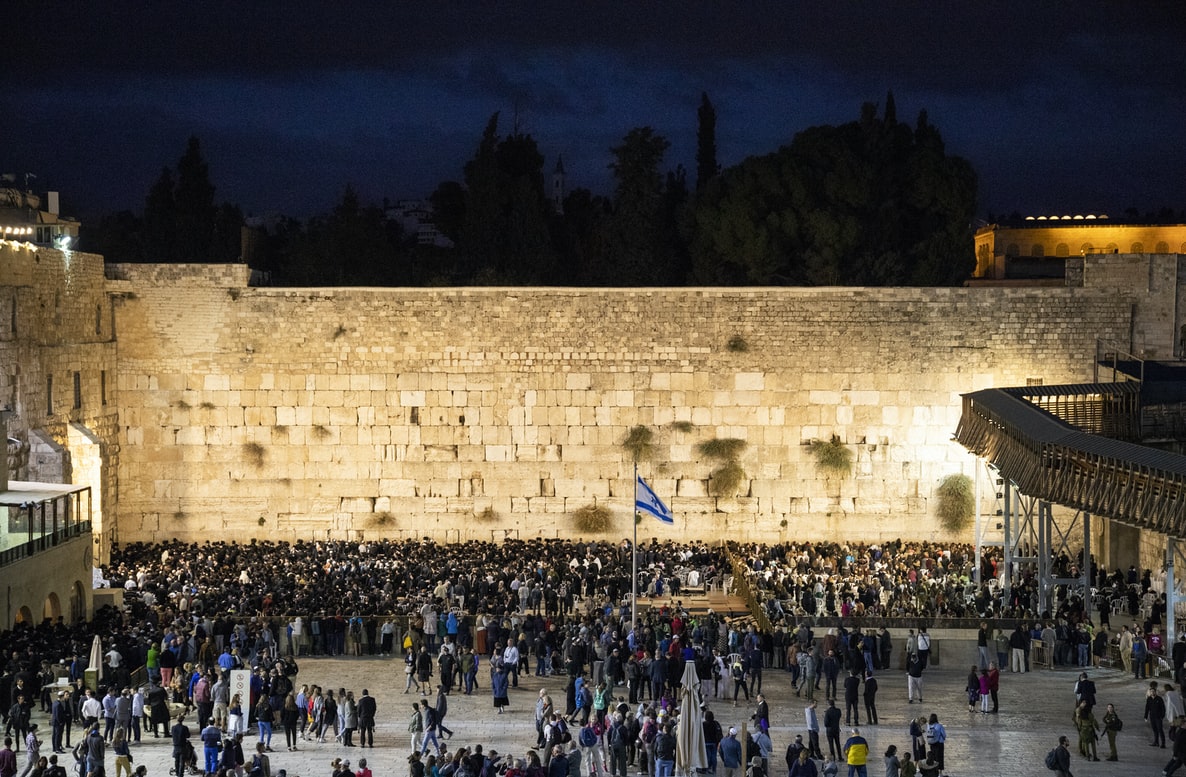
The Wailing Wall at night, Jerusalem. Photo by Sander Crombach on Unsplash
2. The Eichmann Trial - 1961-1962
Adolf Eichmann was one of the chief architects of the Holocaust but, for many years, evaded justice, disappearing from Europe after the Second World War. In 1959, news reached Israel that he was still alive and living in Argentina, as ‘Richard Klement.’ Mossad (Israel’s security service) enacted a daring plan, kidnapped Eichmann and brought him to Jerusalem, where he was put on trial for his crimes.
The Eichmann trial left the public spellbound as, day after day, survivors stood up in court and told their stories (many for the first time). It marked a turning point in society - up until then, the Holocaust had not been greatly discussed - and the trial bought the horrors to public consciousness. Eichmann was found guilty of crimes against humanity and the Jewish nation and war crimes and hanged in the spring of 1962. His ashes were scattered at sea.
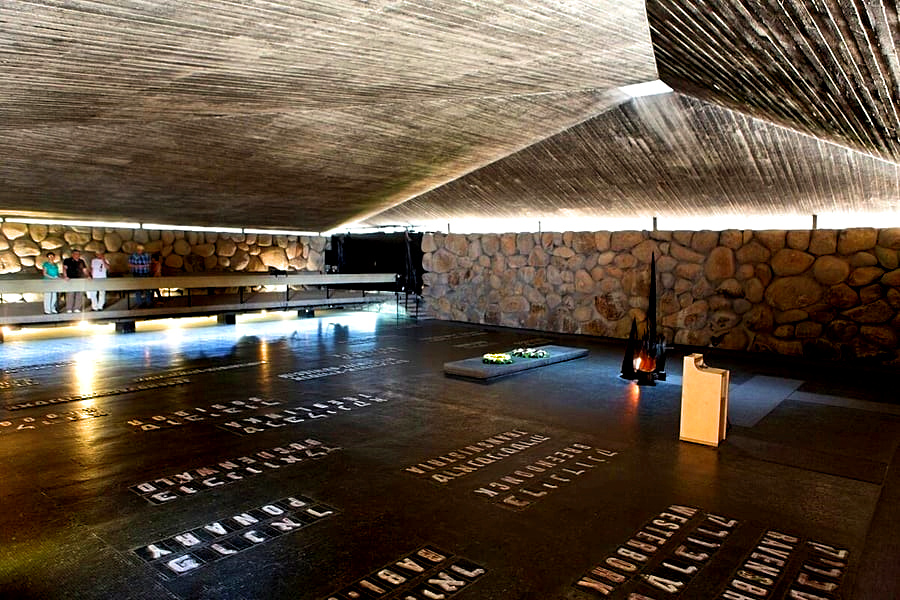
Yad Vashem Holocaust Museum. Photo credit: © Shutterstock
3. The Six-Day War - 1967
This war between Israel and the Arabs took place between 5th and 10th June 1967. After Israel understood that Arab armies were mobilising against her, she carried out a devastating pre-emptive strike on Egypt’s air force (at that time, on the tarmac), and within three days had won the ground war.
After Jordan entered the war and began shelling Jerusalem, Israel responded with a devastating counter-attack, Israel recaptured the capital and its paratroopers entered the gates of the Old City and continued onto the Western Wall - the photographs captured are utterly iconic. Simultaneously, in the north, Israel captured the Golan Heights from the Syrians.
The outcome was a tremendous victory for Israel and a terrible loss for the Arab nations. Public reaction in Israel was nothing short of euphoric - however, it also marked a new aspect to the ongoing conflict, since more than one million Palestinians in Jordan had been captured and were now under Israeli rule. In the meantime, Yitzhak Rabin was lauded as a hero for his efforts as Defence Minister and Gamal Nassar, Egypt’s President, handed in his resignation. The power balance had indeed shifted.
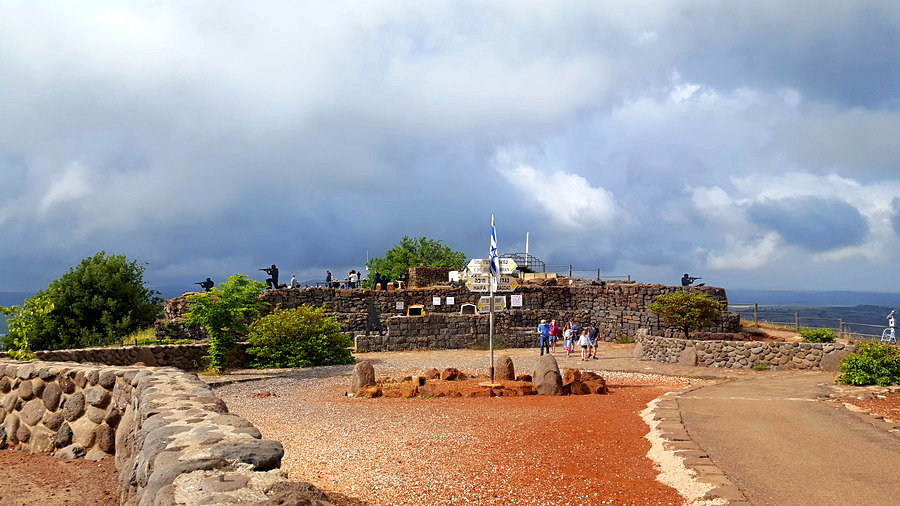
Syrian Fortification, Mt. Bental. Photo credit: © Oksana Mats
4. The Yom Kippur War - 1973
After their loss of territory (and public face) to Israel in 1967, the Arab armies set about planning a ‘rematch.’ On Yom Kippur - Israel’s most holy day - when millions of citizens were praying in synagogues, they launched a surprise attack on two fronts - the Egyptians in the Sinai peninsula and the Syrians up in the Golan Heights.
Israel was caught entirely off guard (it later transpired that they had shrugged off intelligence warnings). For his part, Sadat, the Egyptian Prime Minister, took the view that if Israel was defeated, they would be forced to negotiate for peace (after 1967, they had won a great deal of territory and, thus, held a strong hand).
Initially, the Arab armies made impressive gains - after all, it would take Israel several days to become fully mobilised. The fighting lasted from 6th to 25th October, when a ceasefire brokered by the UN came into being. But the cost for the Jewish nation was high - heavy casualties and fury at the government for being caught off-guard. Eventually, Golda Meir, the Prime Minister, was forced to tender her resignation.
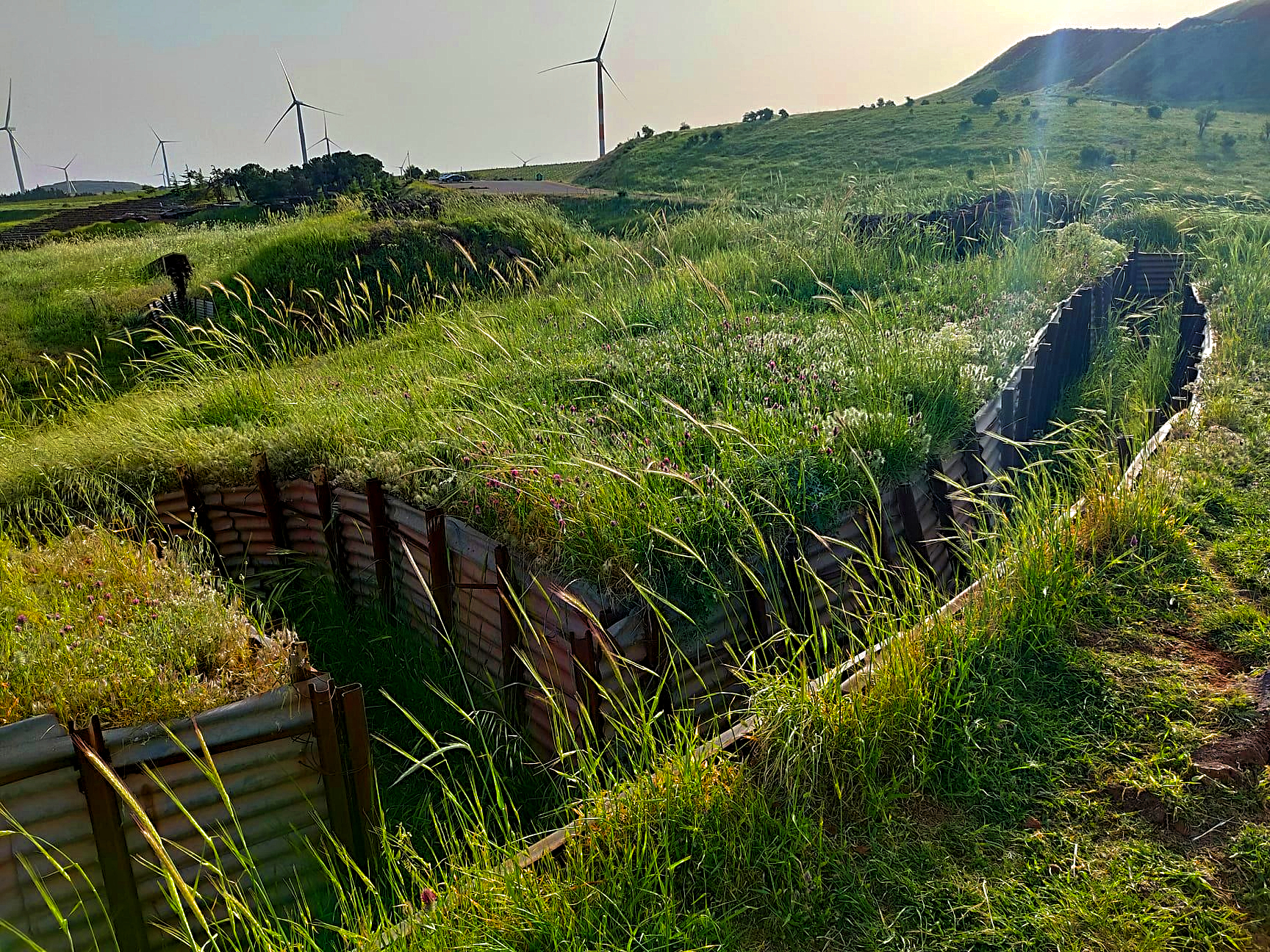
Remnants of the Valley of Tears Battle, Golan Heights. Photo credit: © Dmitry Mishin
5. War in Lebanon - 1982
Tensions on Israel’s border ran high all through 1981, with katyusha rockets being fired into small communities in northern Israel by south Lebanon PLO (Palestinian Liberation Organisation) guerillas. In June 1982, Israel’s Prime Minister Ariel Sharon launched ‘Operation Peace for Galilee’ in an attempt to force the Lebanese government to take action against the PLO.
Israeli forces went overland, all the way to Beirut, even though Israel’s Prime Minister, Menachem Begin, had ordered the army not to move more than 25 km into Lebanese territory. The Israeli army then besieged Arafat (the PLO leader) and his guerillas, as well as destroyed over 100 Syrian anti-aircraft missiles. The fighting lasted about three months.
In the chaos that followed, Israel miscalculated and turned a blind eye when Christian ‘Phalangist’ militia forces entered two Palestinian refugee camps. Hundreds of men, women and children were murdered at Sabra and Shatila and in Israel tens of thousands of people took to the streets, outraged by the massacre.
Later, an Israeli enquiry would find Arik Sharon guilty of negligence and he was forced to resign. After the horrors of the Lebanon war, when a new government replaced Begin, they began enacting a ‘phased withdrawal’, though keeping control of a 19 km security buffer zone.
Rosh Hanikra sea grottoes on the border with Lebanon, Israel. Photo credit: © Dmitry Mishin
6. The Gulf War - 1991After Saddam Hussein invaded Kuwait, in the summer of 1990, coalition forces (led by the USA) began an aerial and naval bombardment of Iraq in January 1991. Iraq had made no secret of the fact that it would attack if invaded and promptly responded by firing Scud missiles at Israel. Millions of citizens had to hide in bomb shelters and sealed rooms and donned gas masks, terrified of a chemical attack using nerve agents such as sarin.
All in all, 74 Israelis were killed - two directly and the rest dying of heart attacks and suffocation. There was a great deal of damage to property and although Israel never entered the war directly, it came close (at one point, Israeli commandos were about to board helicopters but were persuaded by Dick Cheney, the US Foreign Minister, to lay low).
7. The First and Second Intifadas - 1987-1993 and 2000-2005
In Arabic, ‘intifada’ means ‘uprising’ or ‘shaking off’ and the two intifadas that took place in Israel between 1987-1993 and 2000-2005 can best be described as organised, grassroots protests by Palestinians in the West Bank and Gaza against Israel. Broadly speaking, their aim was to end Israel’s occupation of these territories and to create an independent Palestinian state.
The First Intifada began at the end of 1987, in the form of throwing rocks and Molotov cocktails by young Palestinians at Israeli troops…military reprisals by Israel were sometimes severe and this led to an escalation of violence, in the form of rifles, explosives and hand grenades. Over 2.000 people died in the First Intifada, at a ratio of 3 Palestinians to every Israeli.
Gaza Strip on the map. Photo by CHUTTERSNAP on Unsplash
The First Intifada came to an end after Labour were elected and, under Rabin, the Oslo Accords were signed - the Palestinian Authority was created with the objective of a two-state solution coming into being in the following five years. For a number of reasons (especially the one below), this never came to pass.The Second Intifada was sparked off after the failure of the Camp David Accords (between Bill Clinton, Ehud Barak and Yasser Arafat) combined with an ill-timed visit by Ariel Sharon’s to the Temple Mount in Jerusalem. The Second Intifada was drawn out and particularly bloody - many civilians died as well as the military forces. Palestinians took to suicide bombings, which proved to be an effective means of bringing terror into public spaces.
The Israeli army responded with tank and air attacks, targeted killings and gunfire. In the five years that it lasted, there were endless bombings of popular spots such as a disco in Tel Aviv, a hotel in Haifa over Passover and a pizzeria in Jerusalem. Crowded buses were also targeted and this ‘cult of martyrdom’ shook the Israeli public substantially. The death toll, all in all, came to around 1,000 Israelis and 3,000 Palestinians, as well as 64 foreigners. Amnesty International condemned the killings on both sides.

Dome of the Rock, the Muslim shrine on the Temple Mount in the Old City of Jerusalem, Israel. Photo credit: © Shutterstock
8. The Assassination of Yitzhak Rabin - 1995
Yitzhak Rabin, a decorated military leader and Israel’s Prime Minister, was re-elected in 1992, running on a platform of making peace with the Palestinians. Under his rule, the Oslo Accords were signed, which split the Israeli public into two camps - those who supported peace efforts and those who believed it could only lead to more terror.
Many protests were held against Rabin, particularly in Jerusalem and outside his private home in the Tel Aviv suburbs, and the general political climate became tense and even hostile. This culminated in the events of 4th November 1995, when Rabin was assassinated at the end of a huge Peace Rally, supporting the Oslo Accords, in central Tel Aviv.
The gunman, Yigal Amir, a far-right religious student shot Rabin three times as he walked down the stairs of the square at which he had been the key speaker. He was rushed to nearby Ichilov Hospital but died soon after arrival. The Israeli public was left in a state of shock and disbelief and Rabin’s funeral was attended by dignitaries from across the world.
Famously, Bill Clinton stood up and gave his eulogy, ending it with the now immortalised Hebrew words ‘ Shalom, haver’ (“‘Goodbye, friend’). Amir was put on trial and found guilty. He remains in prison until this day but has still not expressed remorse for his actions. A library and research centre devoted to Rabin was built in Tel Aviv and is open to the public.
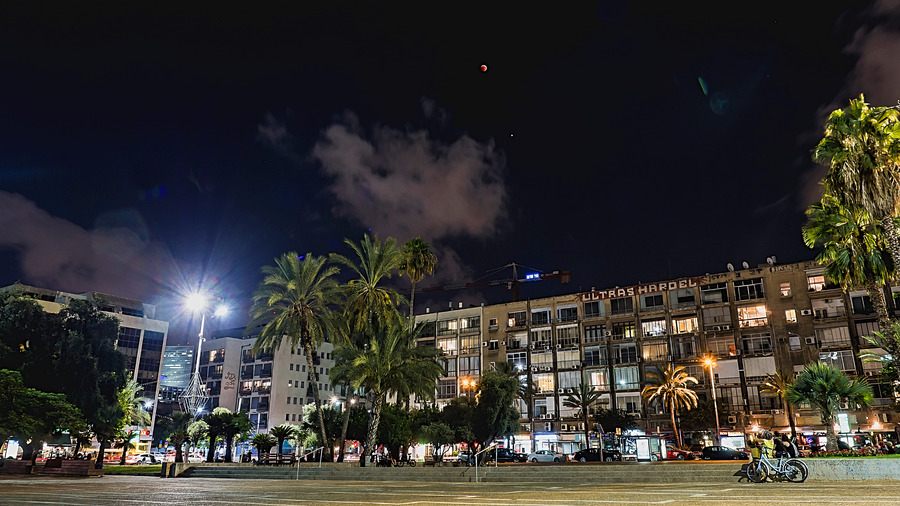
Rabin Square, Tel Aviv, Israel. Photo by Yoav Aziz on Unsplash
9. The Gaza Disengagement - 2005
It was Prime Minister Arik Sharon who put forward (and carried through) the plan of unilateral disengagement from the Gaza Strip, in 2005. Close to 9,000 Israeli settlers were living in 21 settlements throughout the strip, and in the absence of a peace plan, Sharon decided it was necessary to evacuate the area to improve Israel’s security and status on the international playing field.
After the plan was approved by his Likud party, Sharon pushed through the plan, leading to criticism from individuals in his own camp and support from more left-wing elements of Israeli society. Operation Yad L’Achim (‘Giving Brothers a Hand’) gave settlers the opportunity to leave voluntarily, with soldiers offering to help them pack. Most, however, refused.
On August 15th, compulsory evacuation began. Some settlers left peacefully but others had to be removed forcibly. Many barricaded themselves into their homes (some threatened to set themselves alight) and had to be dragged, kicking and screaming, out their front doors.
After seven days, the evacuation was complete and this brought to an end 38 years of a Jewish presence in Gaza. The territory was handed over to the Palestinian Authority but two years later the secular ruling party, Fatah, was defeated by Hamas (a militant Islamic organisation).
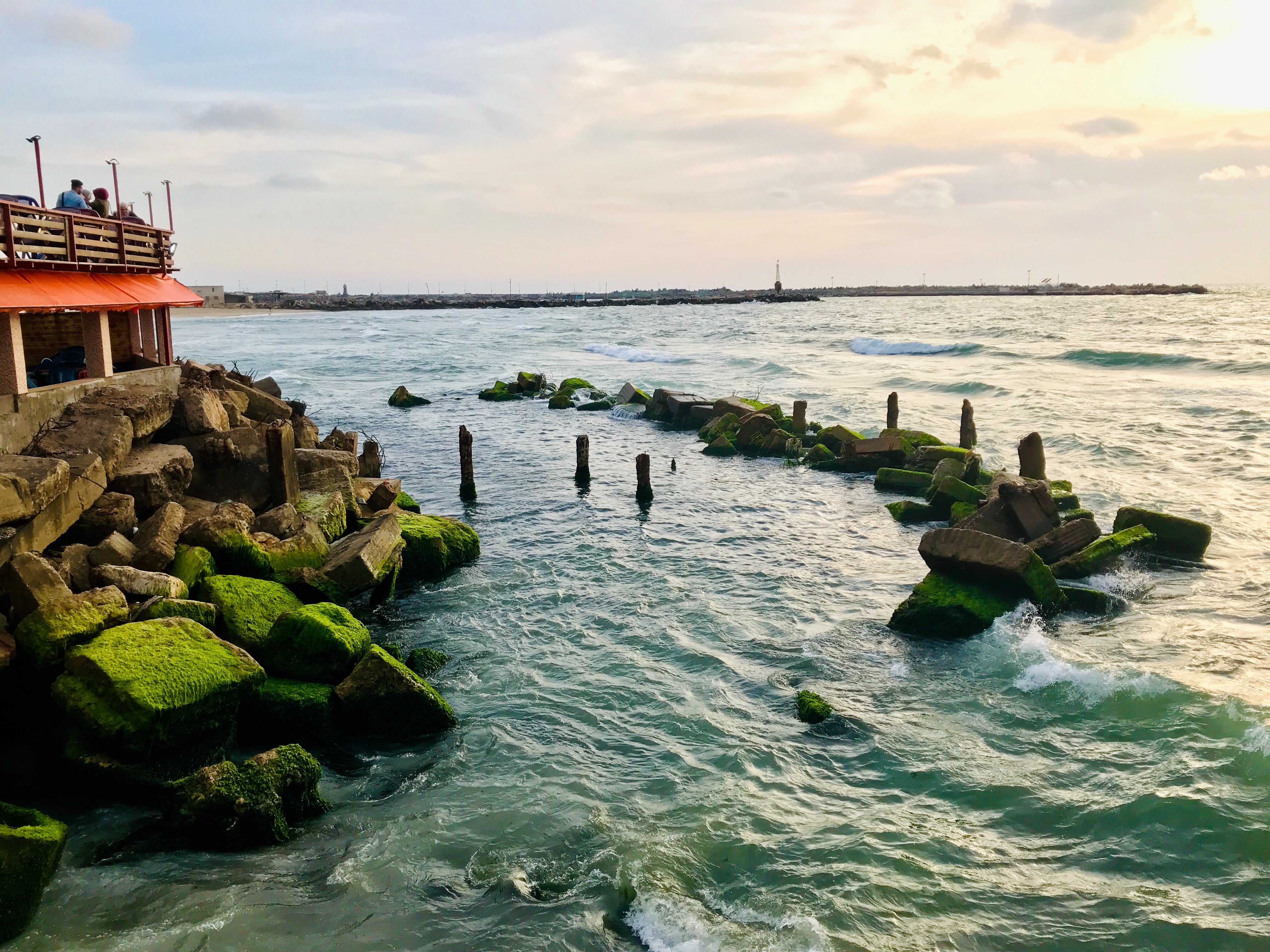
An old pier in Gaza. Photo by Emad El Byed on Unsplash
10. War with Hamas - 2014 and 2021
After Hamas was elected, on a platform that supported the destruction of Israel, Israel responded by declaring it a ‘hostile entity’. Sanctions followed and in the following years, there were a series of rockets fired by militants to which Israel responded with airstrikes, as well as the capture of Israeli soldier Gilad Shalit, after a border ambush.
In the summer of 2014, Israel launched a military operation named ‘Protective Edge’, following the kidnap and murder of three Israeli teenagers. It was a particularly awful conflict, lasting seven weeks with many deaths, both of Palestinian militants and civilians and Israeli soldiers. After a large-scale ground invasion, to destroy a network of underground tunnels built by Hamas, an open-ended ceasefire was announced.
In May 2021, after several more years of tensions, another crisis was triggered in Jerusalem, with violence breaking out at Temple Mount. Shortly afterwards, Hamas issued an ultimatum to Israel and when it was refused, launched a barrage of rockets into Israel at 9 pm. An eleven-day conflict continued, which culminated in airstrikes, as part of Operation ‘Guardian of the Walls’.
Over 3,500 rockets were fired into Israel in the next eleven days, although 90% of them were intercepted and destroyed by the Iron Dome (an air defence system). By the end of this latest round of conflict, 260 Palestinians (many of them militants), 12 Israeli civilians and one Israeli soldier were dead. Since then, Egypt has attempted to broker a long-term deal between Israel and Hamas but this has not been successful and most believe it is just a matter of time before the next war breaks out.
If you are interested in the modern history of Israel, feel free to read our article on historical figures in Israel as well as to join our Golan Heights tours and Tel Aviv tours.
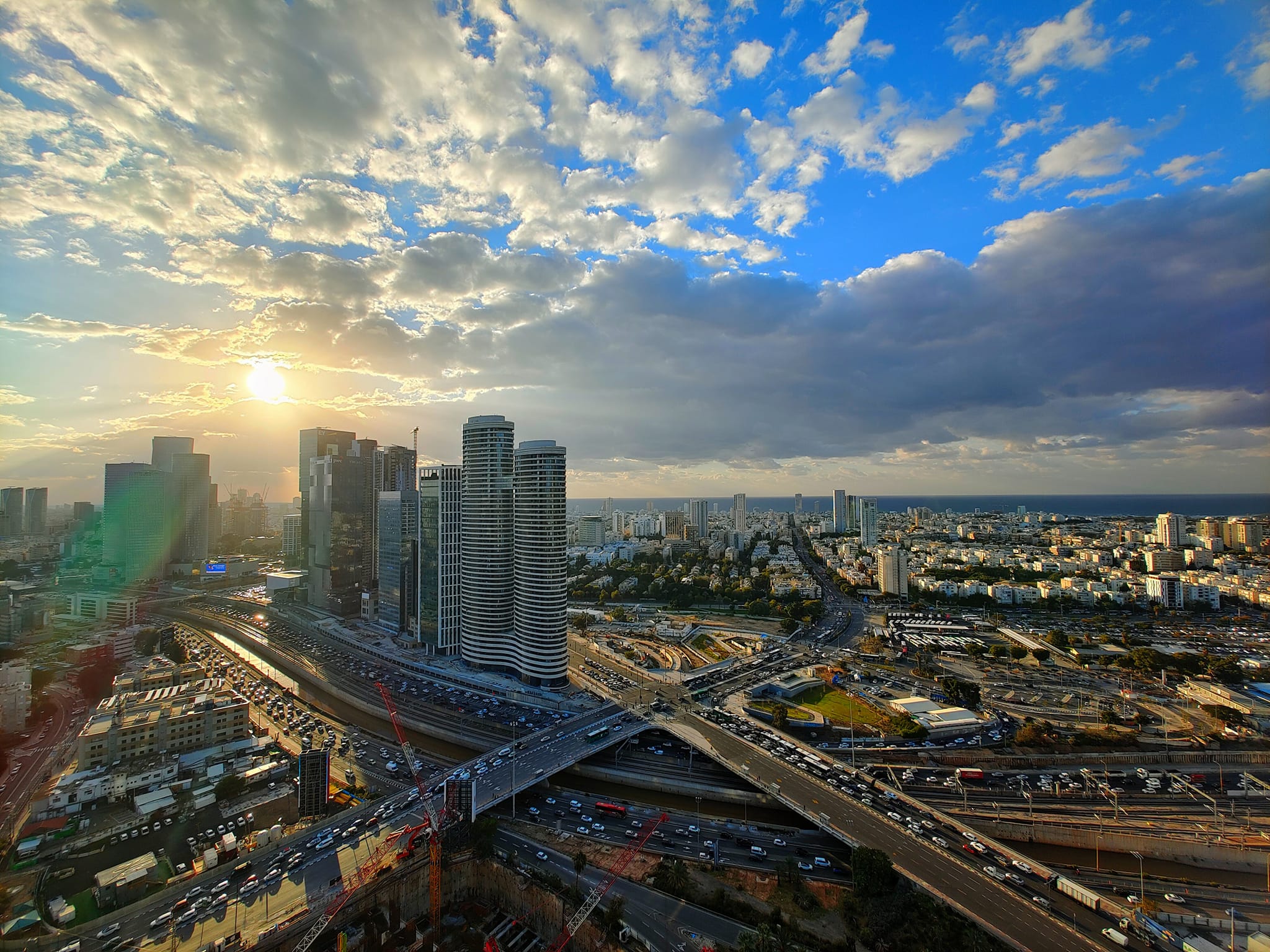
Tel Aviv after a rocket attack, 2021. Photo credit: © Dmitry Mishin
 Login / Register
Login / Register
 Contact Us
Contact Us

 Certificate of Excellence
Certificate of Excellence Guaranteed Departure
Guaranteed Departure Low Prices Guaranteed
Low Prices Guaranteed 24/7 Support
24/7 Support




